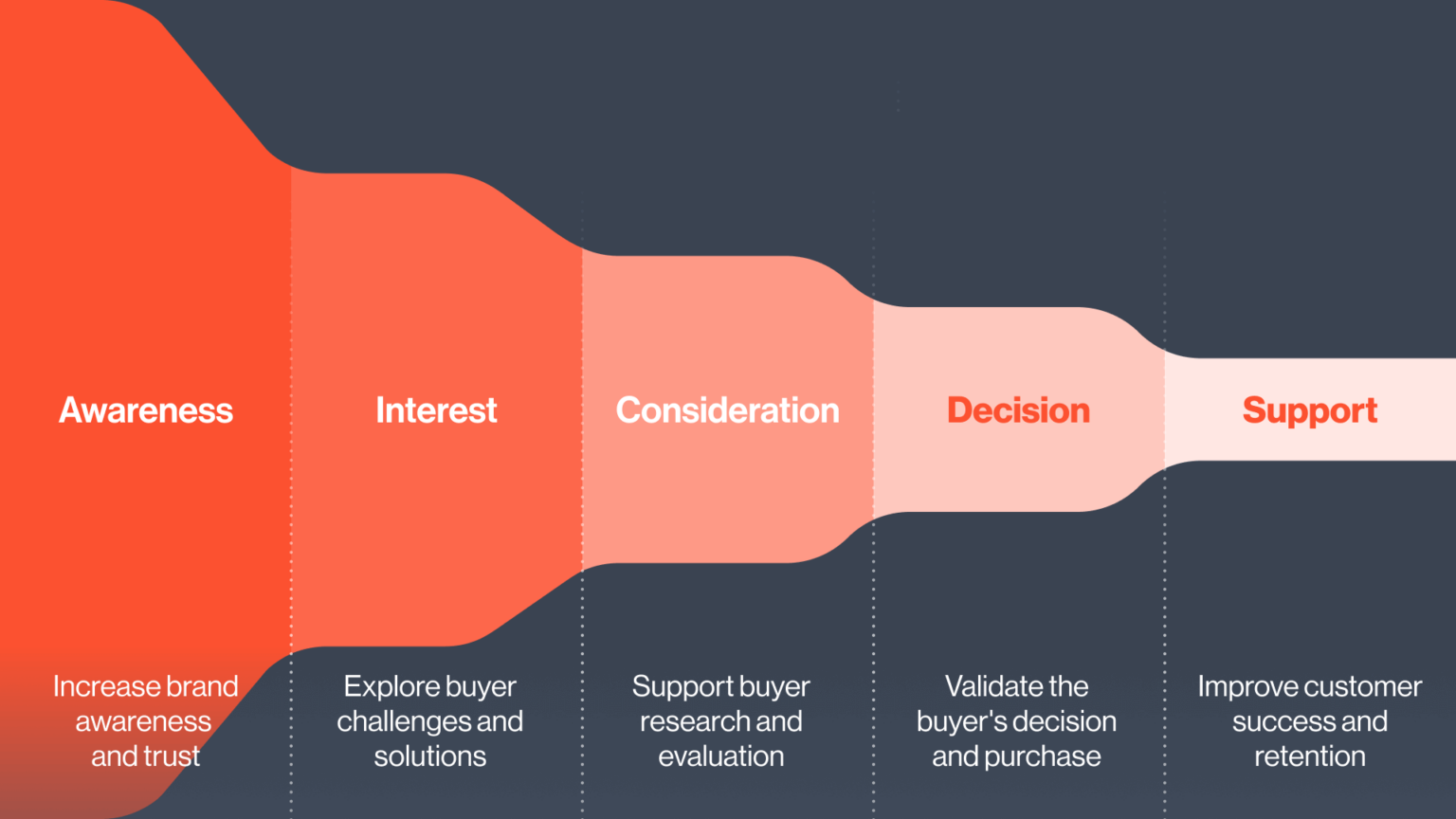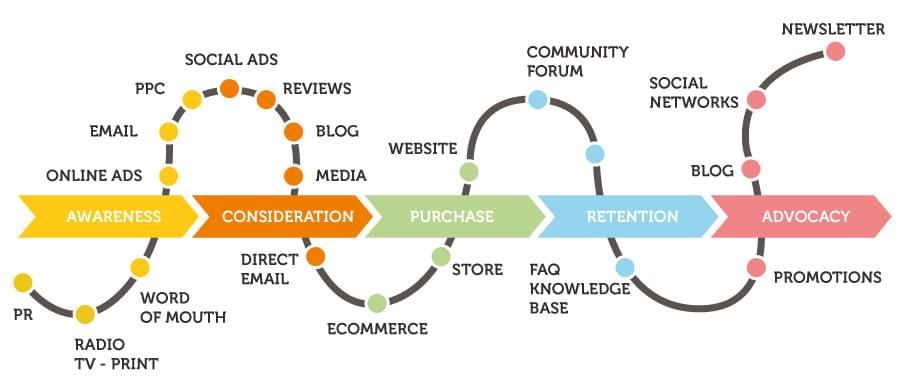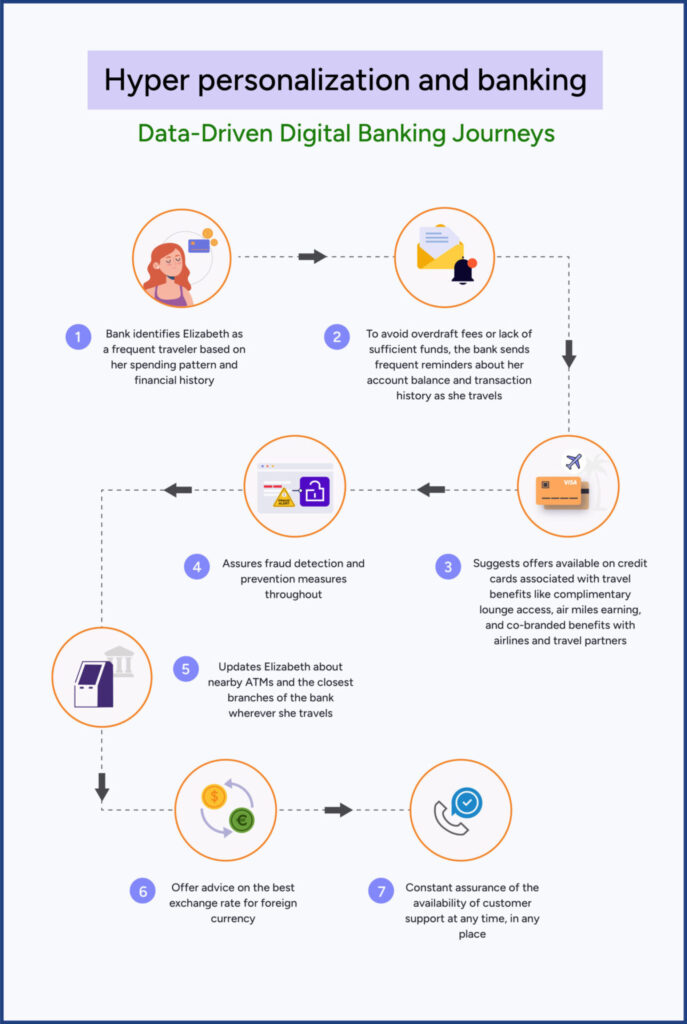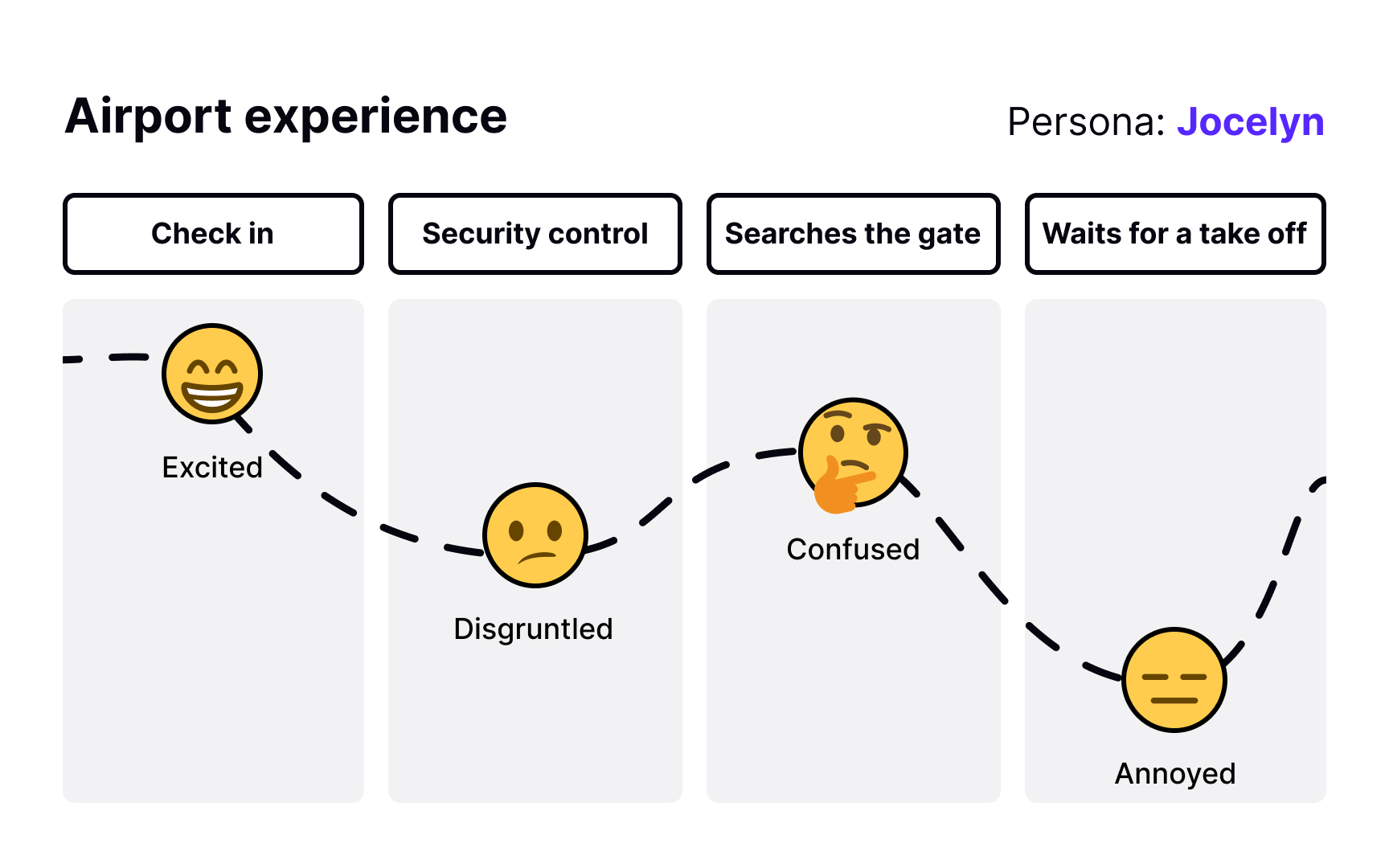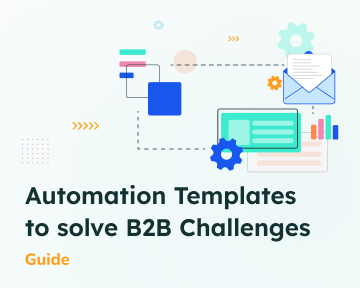In the world of marketing and customer experience, the customer journey is a crucial concept. It maps out the steps a customer takes from first discovering a brand to making a purchase and beyond. However, there are various perspectives on how to view and optimise this journey. Here’s a look at some of the key viewpoints.
1. The Linear Customer Journey
Traditionally, the customer journey was often viewed as a linear process. This model suggests that customers follow a straight path: awareness, consideration, decision, and post-purchase. While this perspective provides a simple framework, it can be too rigid for today’s complex consumer behaviour.
Find out how to map your customer journey.
Pros:
- Easy to understand and implement.
- Useful for creating straightforward marketing strategies.
Cons:
- Doesn’t account for non-linear behaviours.
- Overlooks the impact of repeat interactions and long-term engagement.
2. The Circular Customer Journey
With the rise of digital touchpoints and customer interactions, the circular model has gained popularity. This perspective emphasises that the customer journey is ongoing and cyclical, with multiple interactions at various stages. It highlights the importance of post-purchase experiences and customer retention.
Pros:
- Recognises the value of customer retention and loyalty.
- Encourages ongoing engagement and relationship-building.
Cons:
- Can be more complex to map and analyse.
- May require more sophisticated tracking tools
3. The Omnichannel Customer Journey
The omnichannel view focuses on integrating all customer touchpoints and channels into a seamless experience. It acknowledges that customers interact with brands through various channels – social media, email, in-store, etc.—and seeks to create a cohesive experience across these platforms.
High-quality advertisement assets are the backbone of any successful marketing strategy.
Pros:
- Provides a comprehensive view of customer interactions.
- Enhances the consistency and quality of the customer experience.
Cons:
- Requires significant coordination across different channels.
- Can be challenging to implement. and maintain.
Image: Example of an omnichannel customer journey.
Read about customer journey vs. buying cycle.
4. The Personalised Customer Journey
From a personalisation perspective, the customer journey is highly individualised. This view emphasises tailoring the experience to each customer’s preferences, behaviours, and needs. It leverages data and insights to create a more relevant and engaging experience. Realisation of this concept will depend on application of CRM and Marketing Automation software.
Pros:
- Increases customer satisfaction and engagement.
- Can lead to higher conversion rates and loyalty.
Cons:
- Requires extensive data collection and analysis.
- May raise privacy concerns among customers.
5. The Emotional Customer Journey
Another perspective is the emotional journey, which focuses on the feelings and emotional states of customers throughout their interactions with a brand. This view emphasises understanding and addressing the emotional impact of the customer experience.
Pros:
- Helps create more empathetic and impactful experiences.
- Can improve customer satisfaction and brand loyalty.
Cons:
- More subjective and harder to measure.
- Requires a deep understanding of customer emotions and behaviours.
Conclusion
Each perspective on the customer journey offers unique insights and benefits. Depending on your business goals and customer needs, you might find one approach more suitable than others, also you can apply different perspectives to different situations. Such as, using omnichannel customer journey for organising digital marketing activities and emotional journey while improving customer experience. The key is to combine these viewpoints to create a holistic and effective customer journey strategy that aligns with your brand and meets the needs of your customers.
What's next for you?
Bringing customer journey strategies to life requires a robust tool capable of collecting, analysing, and consolidating data about your customers and leads. One such tool is “Lead Gen and CRM,” which offers an ideal solution for SMEs in Southeast Asia. With an onboarding and support team based in Malaysia, and deep expertise in marketing for Southeast Asian companies, “Lead Gen and CRM” ensures you’re well-equipped to leverage the latest digital solutions for your marketing and sales efforts.
Get in touch with “Lead Gen and CRM” today to discover how you can optimise your customer journey and drive growth.

